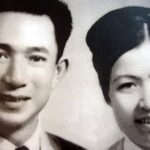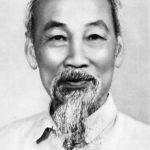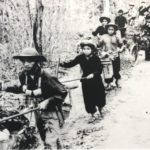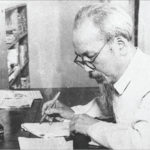The Vietnam Military History Museum, a newly constructed edifice, is located in the Tay Mo and Dai Mo wards of Nam Tu Liem District, Hanoi. Construction began in 2019 and has now been completed, with plans to open its doors to visitors from November 1st.
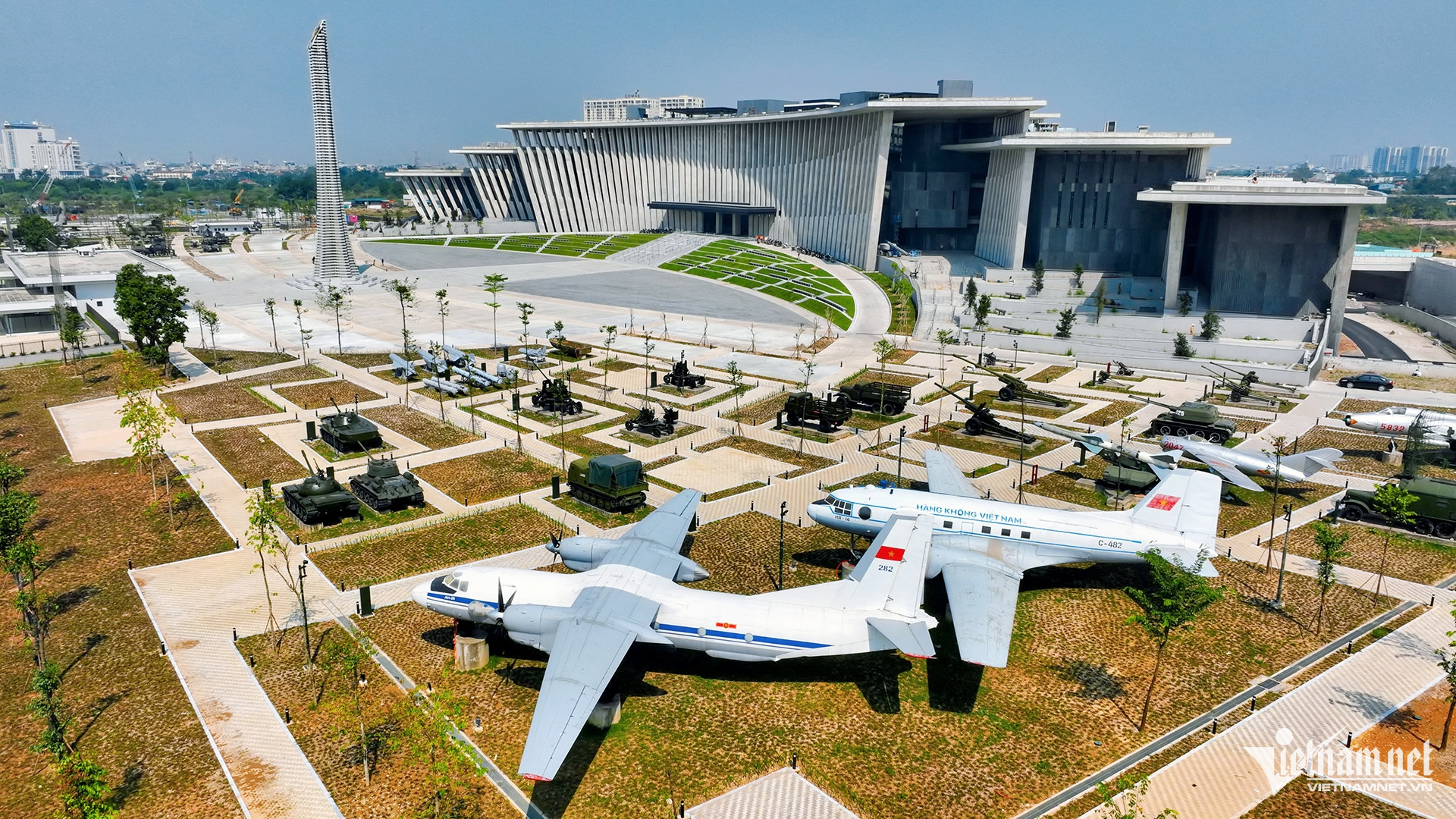
The museum features a unique design with four floors above ground and one basement floor, spanning a built-up area of 23,198 square meters. The outdoor exhibition space showcases an array of weaponry and military equipment, including 85mm cannons, 57mm anti-aircraft guns, PT-67 tanks with the serial number 555, MiG-17 aircraft with the serial number 2047, and SU-22 planes.
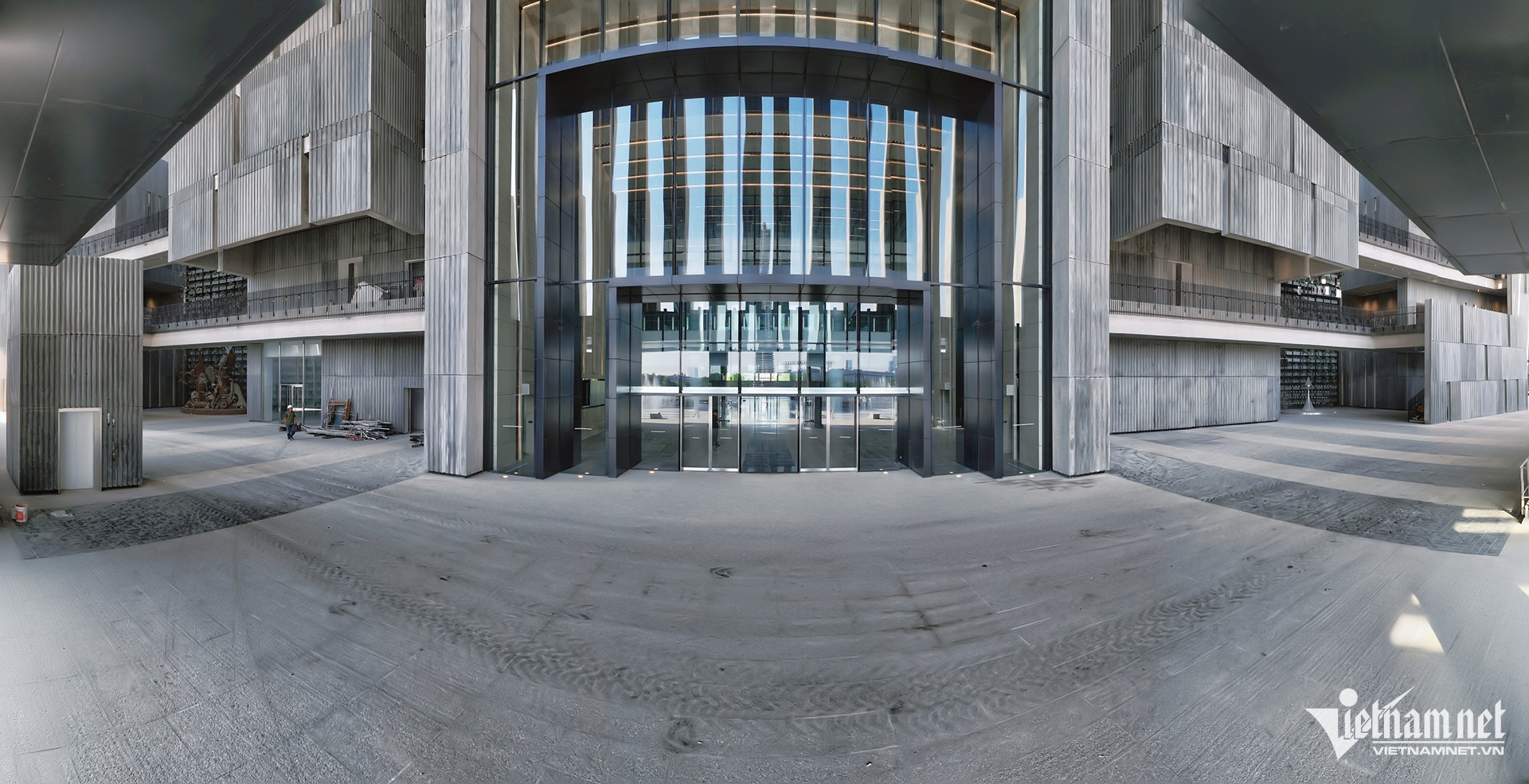
The total floor area of the main building is an impressive 64,640 square meters, and it stands at a height of 35.8 meters. A distinctive feature of the museum is the 45-meter-tall Victory Tower, adorned with a star at its peak.

Flanking the sides of the tower are symbols of the aspiration for peace, featuring branches, budding greenery, and a dove taking flight from the remains of an aircraft.
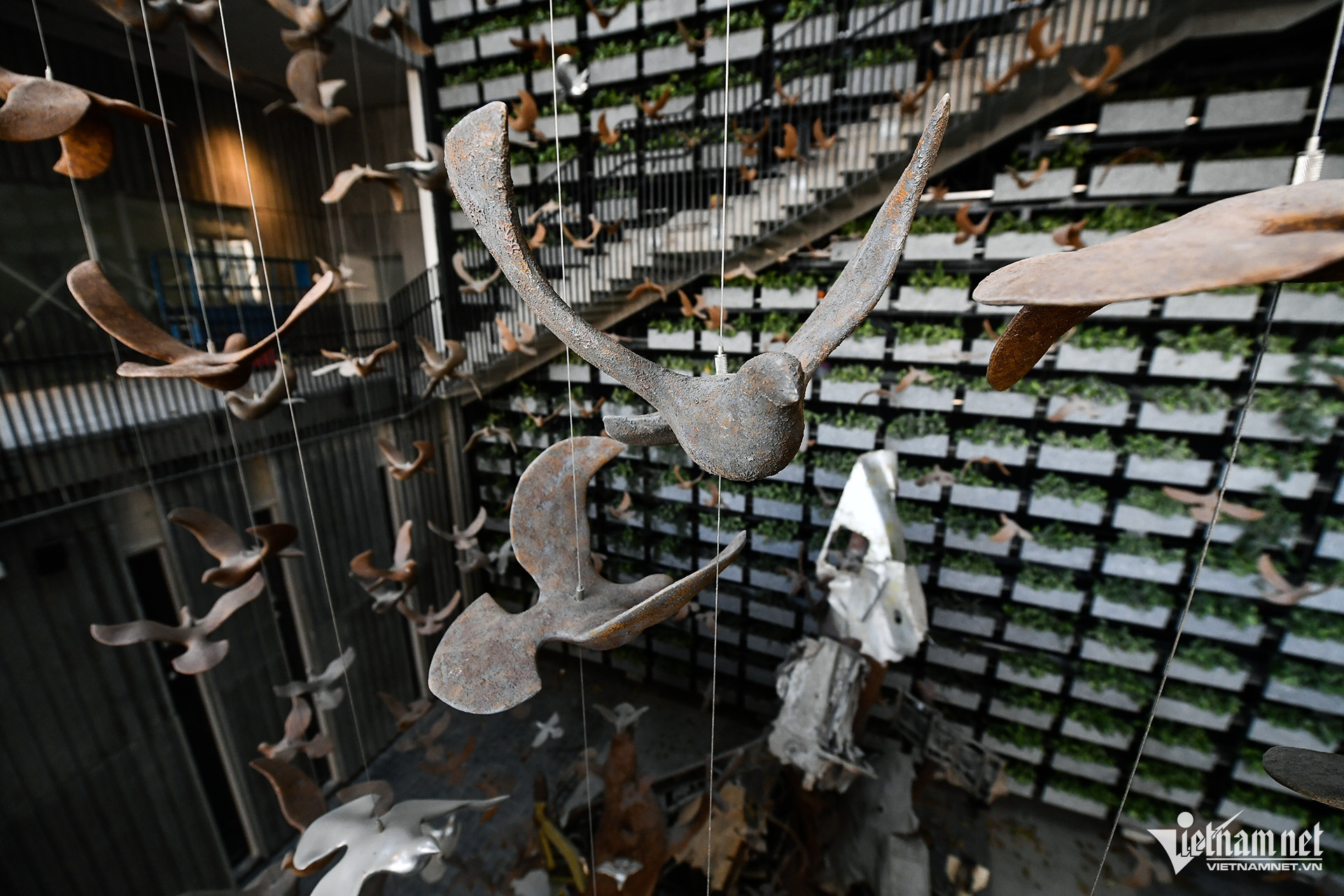
A prominent feature is the water droplet symbol, comprising mirrors that reflect the history of nation-building and defense of the Vietnamese nation, from the time of the Hung Kings and An Duong Vuong to the 20th century. This serves as a testament to the Vietnamese people’s longstanding desire for peace and their willingness to endure hardships and sacrifices for the country’s independence and freedom.
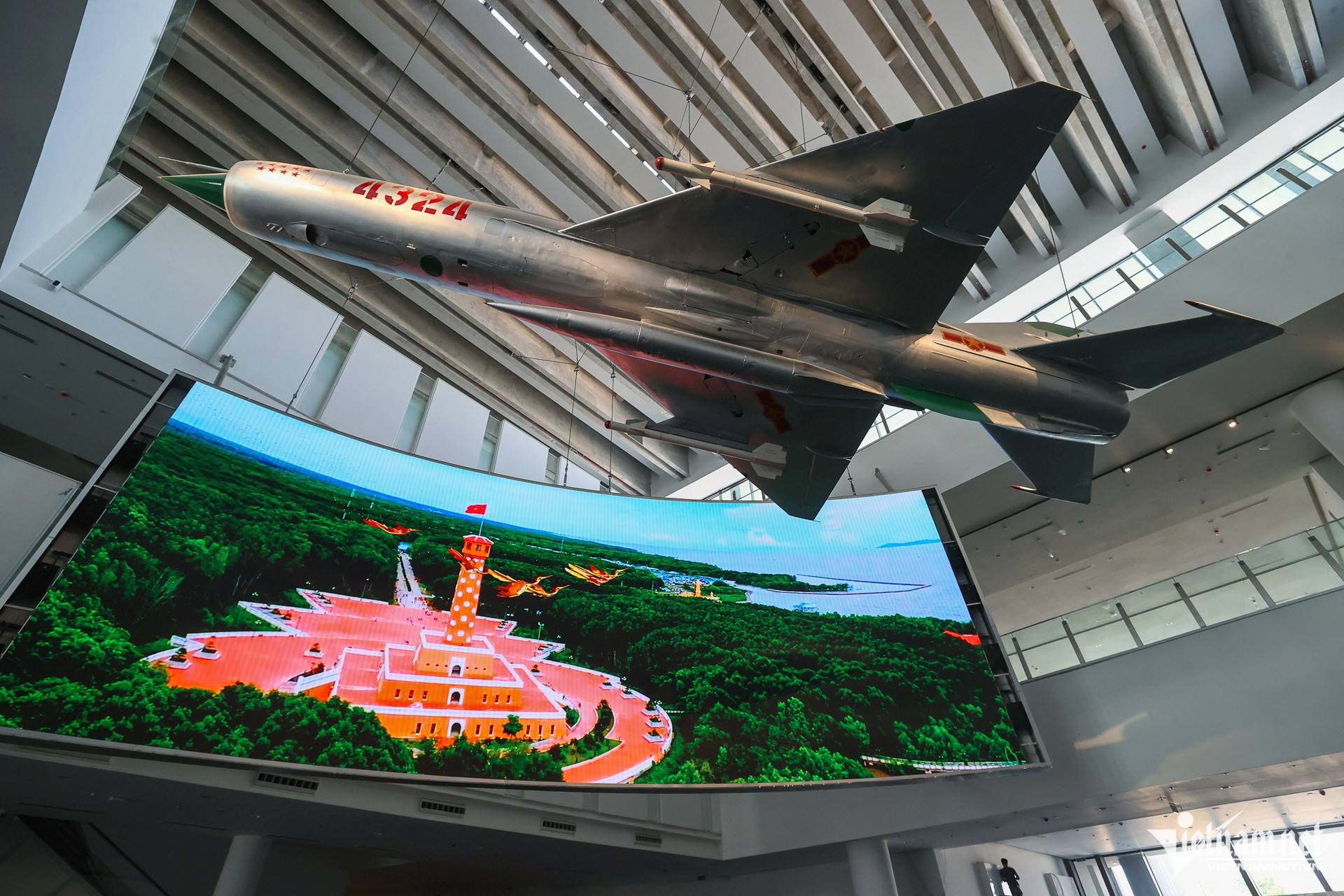
Upon entering the museum, visitors are greeted by the iconic “Silver Swallow” MiG-21 aircraft in the main lobby. During the resistance war against America, nine pilots flew this aircraft on 69 sorties, engaging the enemy 22 times, firing 16 times, and shooting down 14 American planes. The MiG-21 was recognized as a National Treasure by the Prime Minister on January 14, 2015.
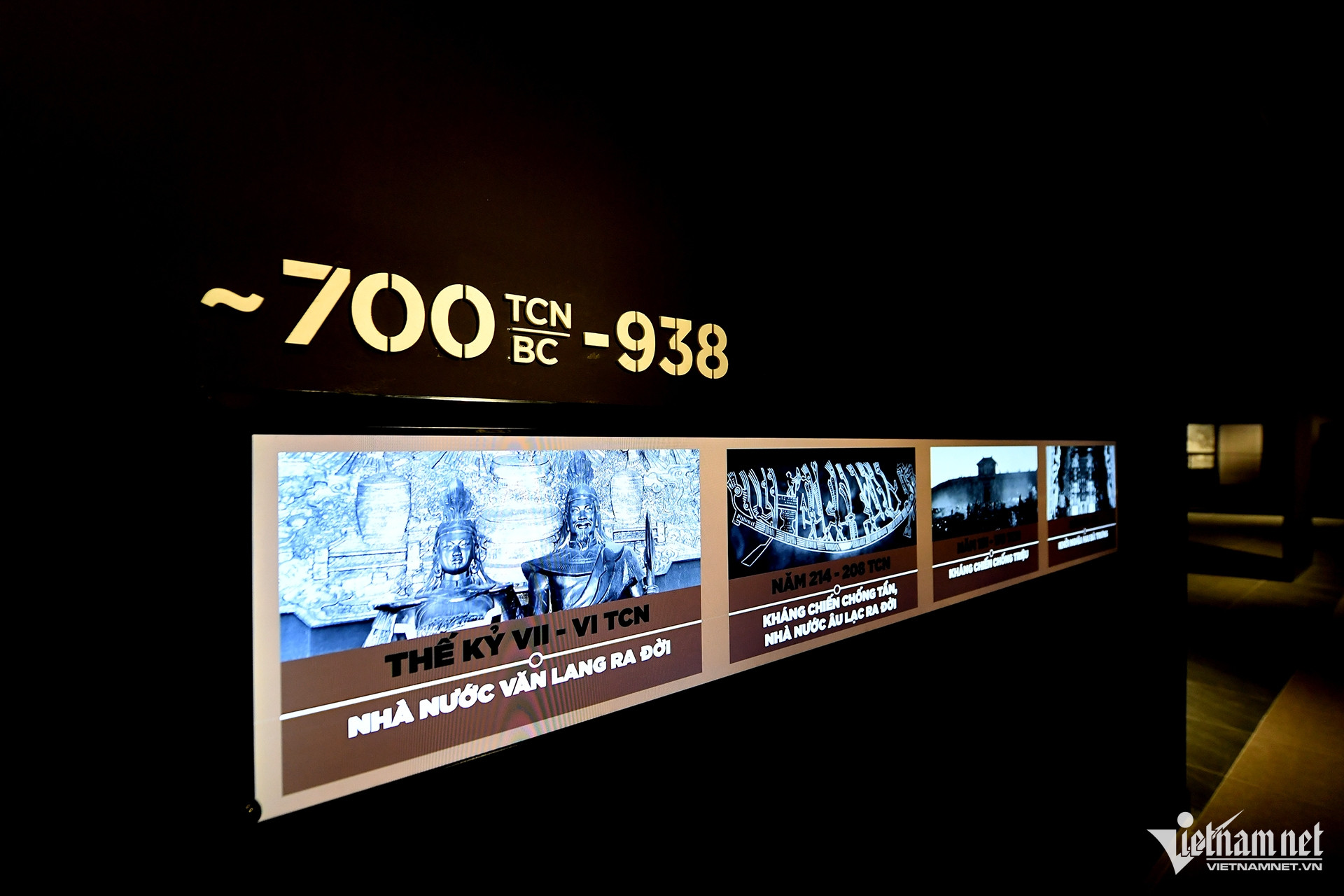
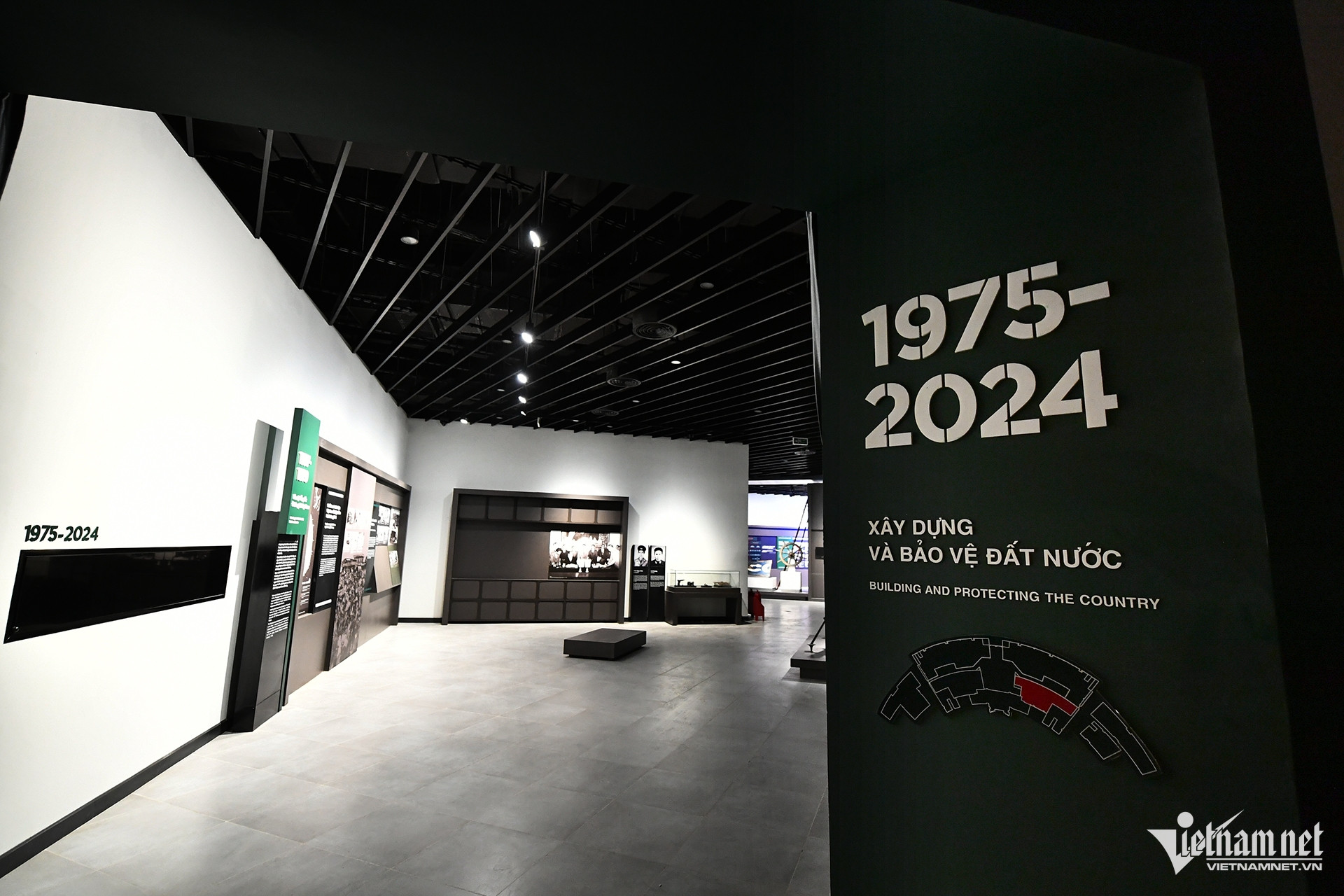
The museum houses over 150,000 artifacts, including four National Treasures. The exhibition halls are organized into six themes: Theme 1: The Early Days of Nation-Building and Defense; Theme 2: Protecting Independence from 939 to 1858; Theme 3: Resisting French Colonialism and Struggling for National Independence from 1858 to 1945; Theme 4: The Resistance War Against French Colonialists from 1945 to 1954; Theme 5: The Anti-American Resistance War from 1954 to 1975; and Theme 6: Building and Defending the Country from 1976 to the Present.
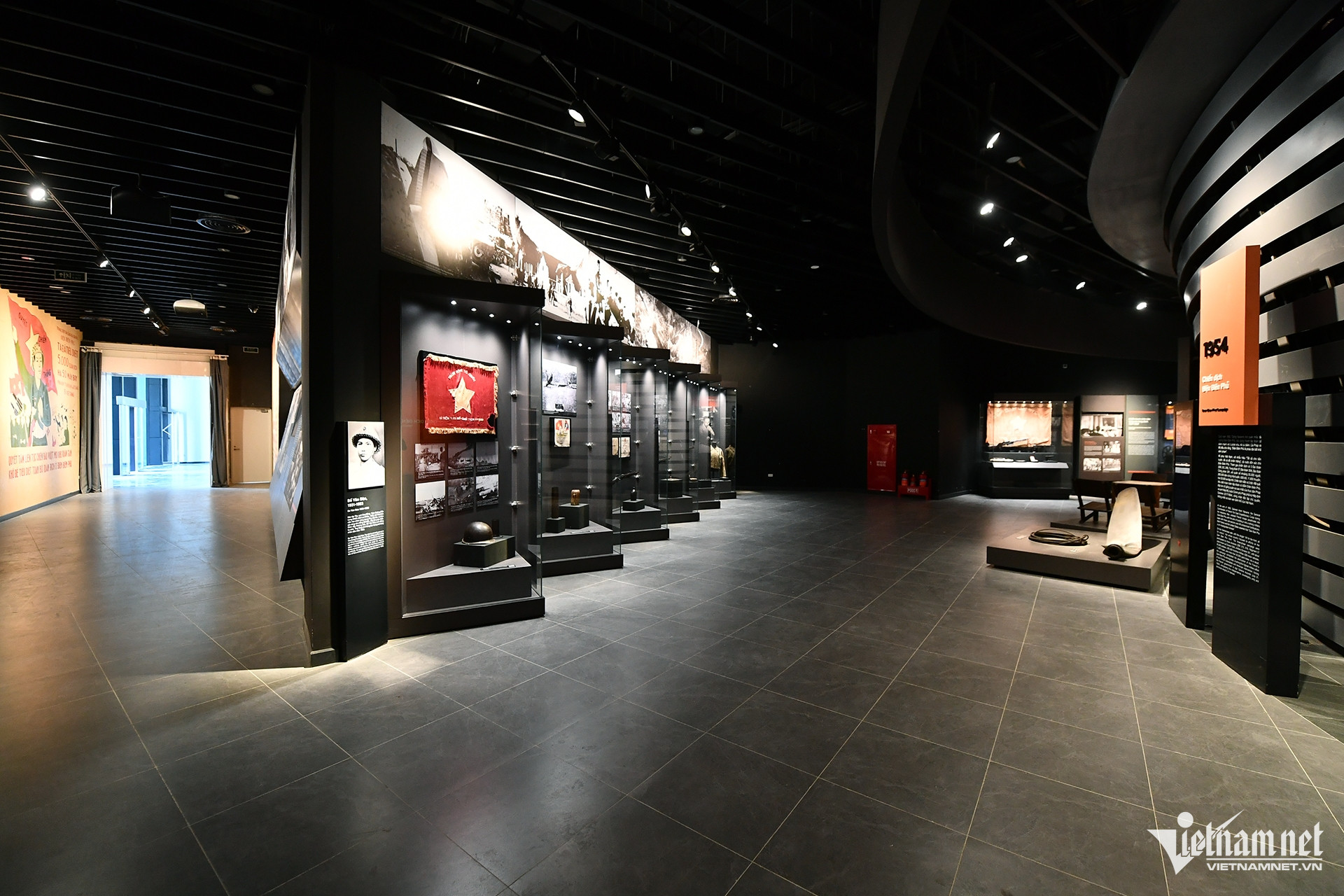
With its modern design and multiple functionalities, the museum offers visitors interactive and immersive experiences that showcase the Vietnamese People’s Army’s struggle for national independence, from the establishment of the Van Lang state to the present day.
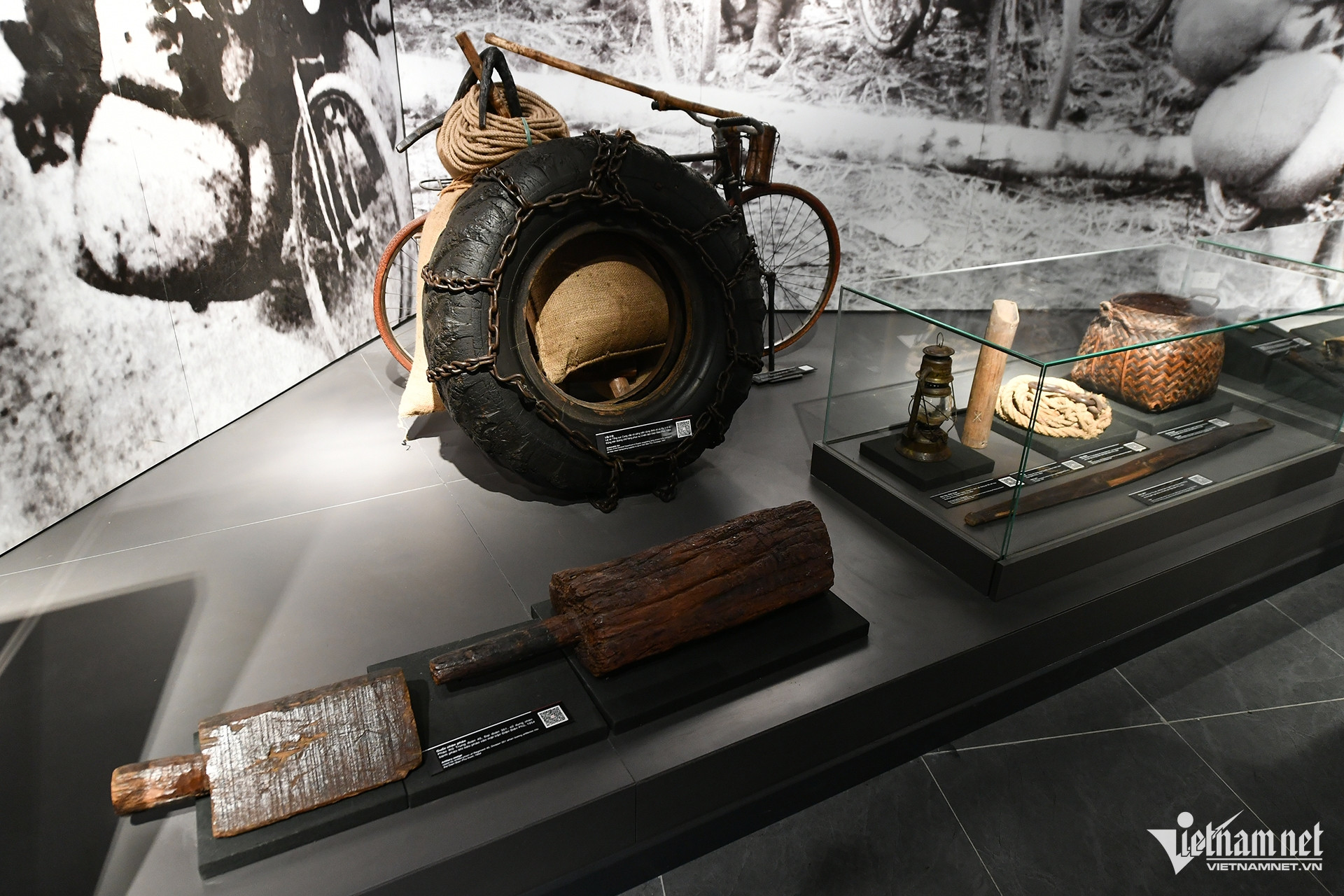
The museum incorporates advanced technologies such as 3D mapping sand tables, information retrieval screens, media photo galleries, automatic audio guides, and QR codes for artifact information, alongside over 60 videos introducing campaigns, battles, and historical figures.
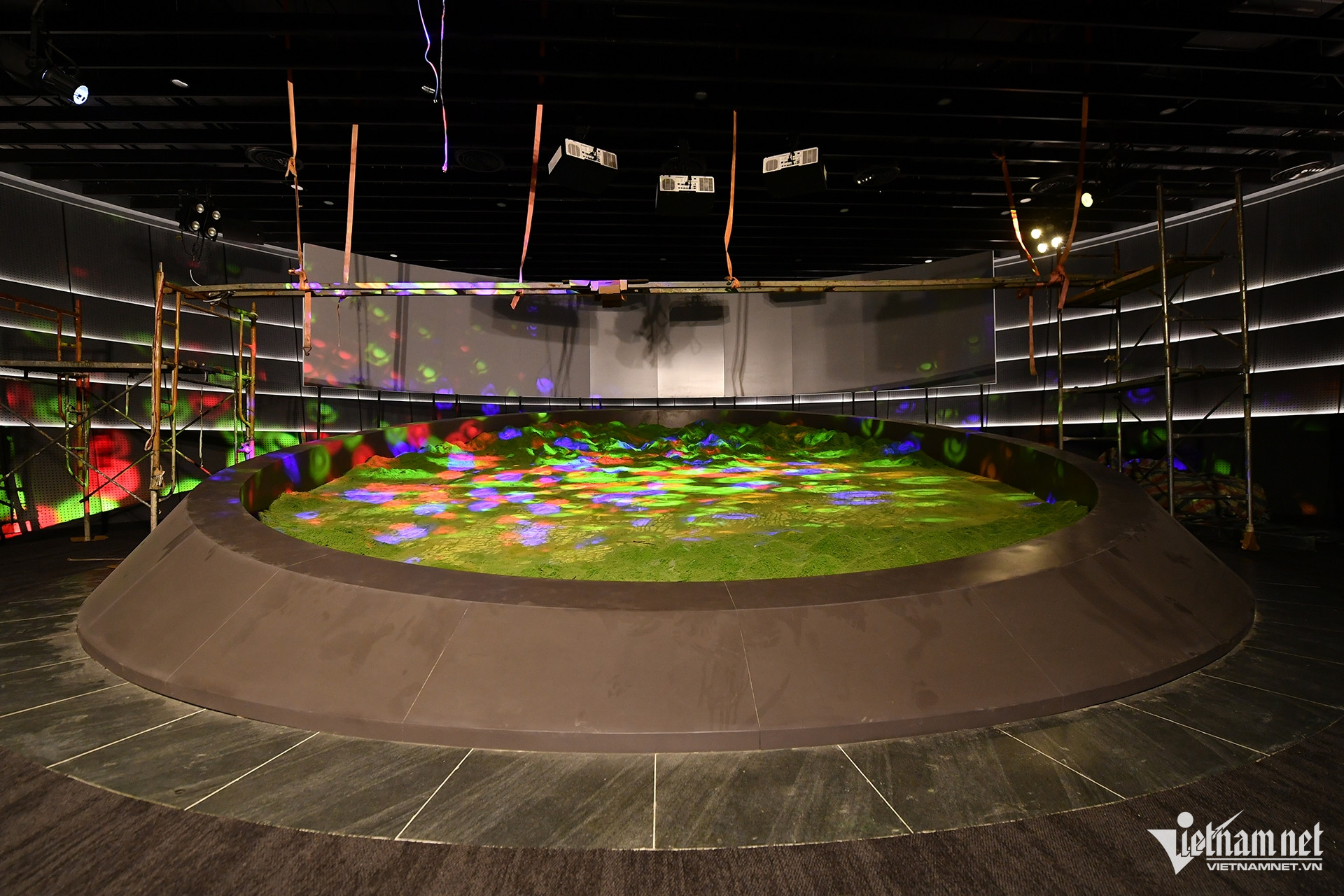
One notable exhibit is the sand table depicting the Dien Bien Phu Campaign in the exhibition hall for Theme 3: Resisting French Colonialism and Struggling for National Independence from 1858 to 1945.
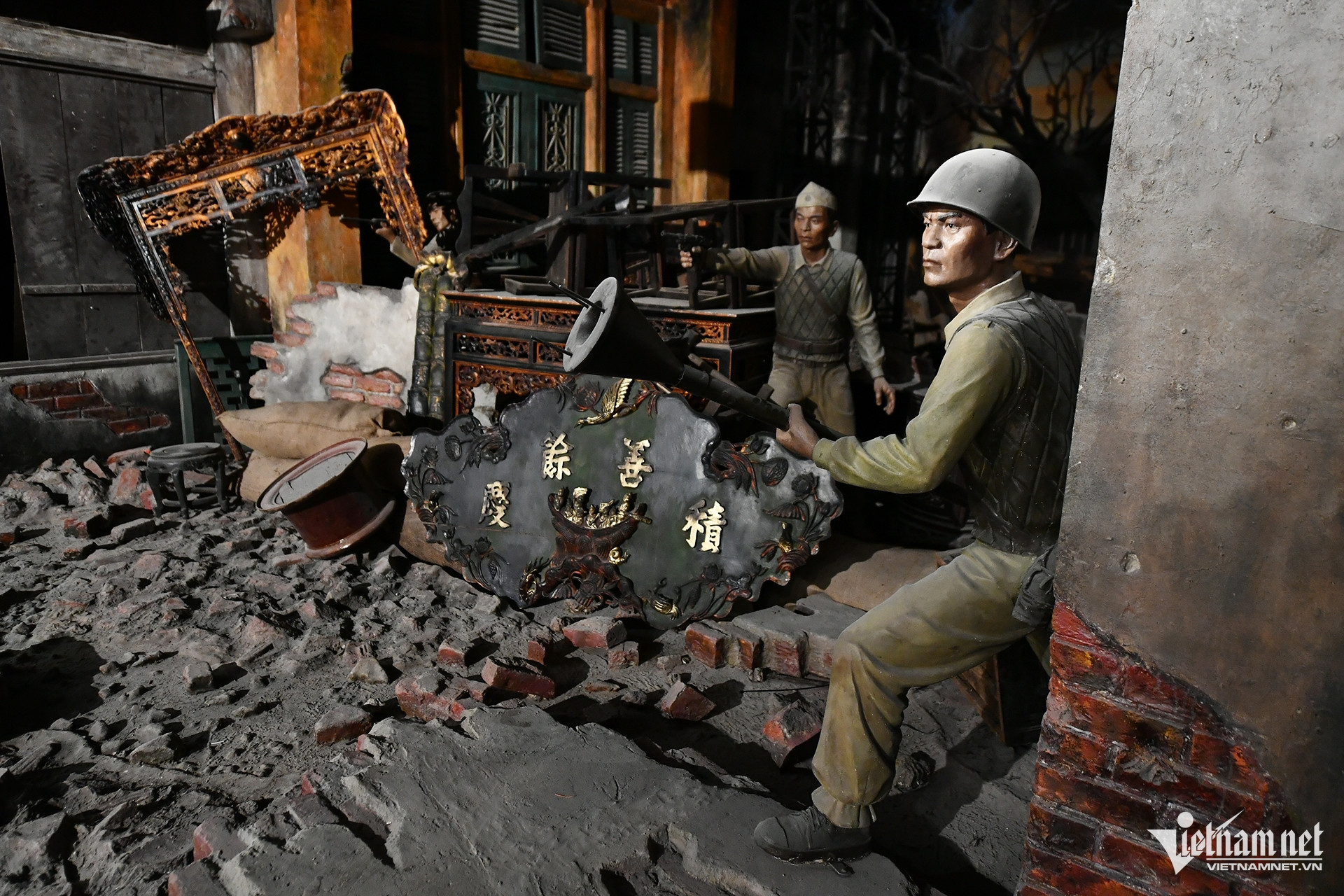
A highlight of the museum is the 1:1 scale model depicting the 60-day battle to defend the capital following President Ho Chi Minh’s call for nationwide resistance.
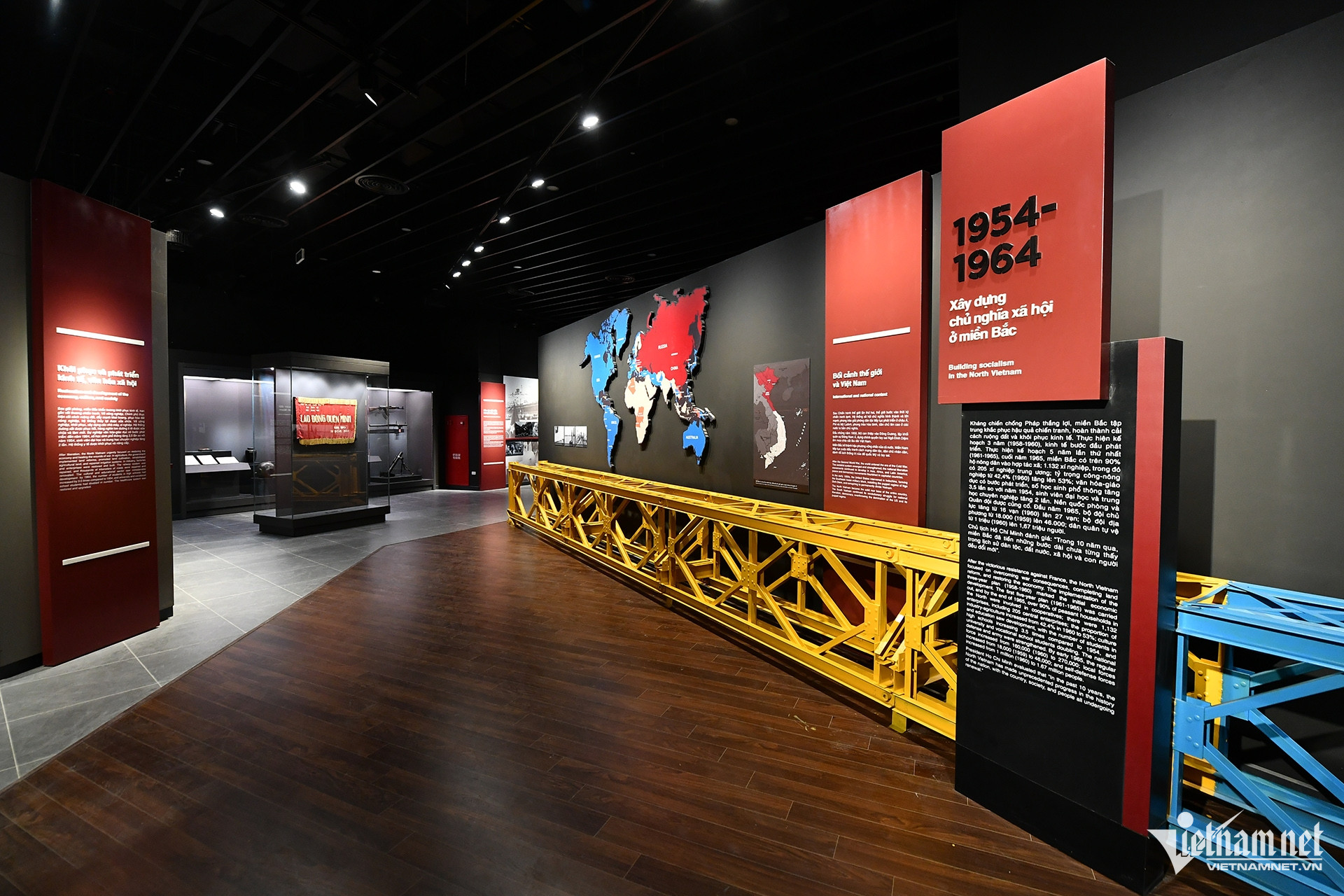
In Theme 5, visitors are greeted by a model of the Hien Luong Bridge, a symbol of the North-South divide and a testament to the Vietnamese people’s struggle for national liberation and unification during the resistance war against America.
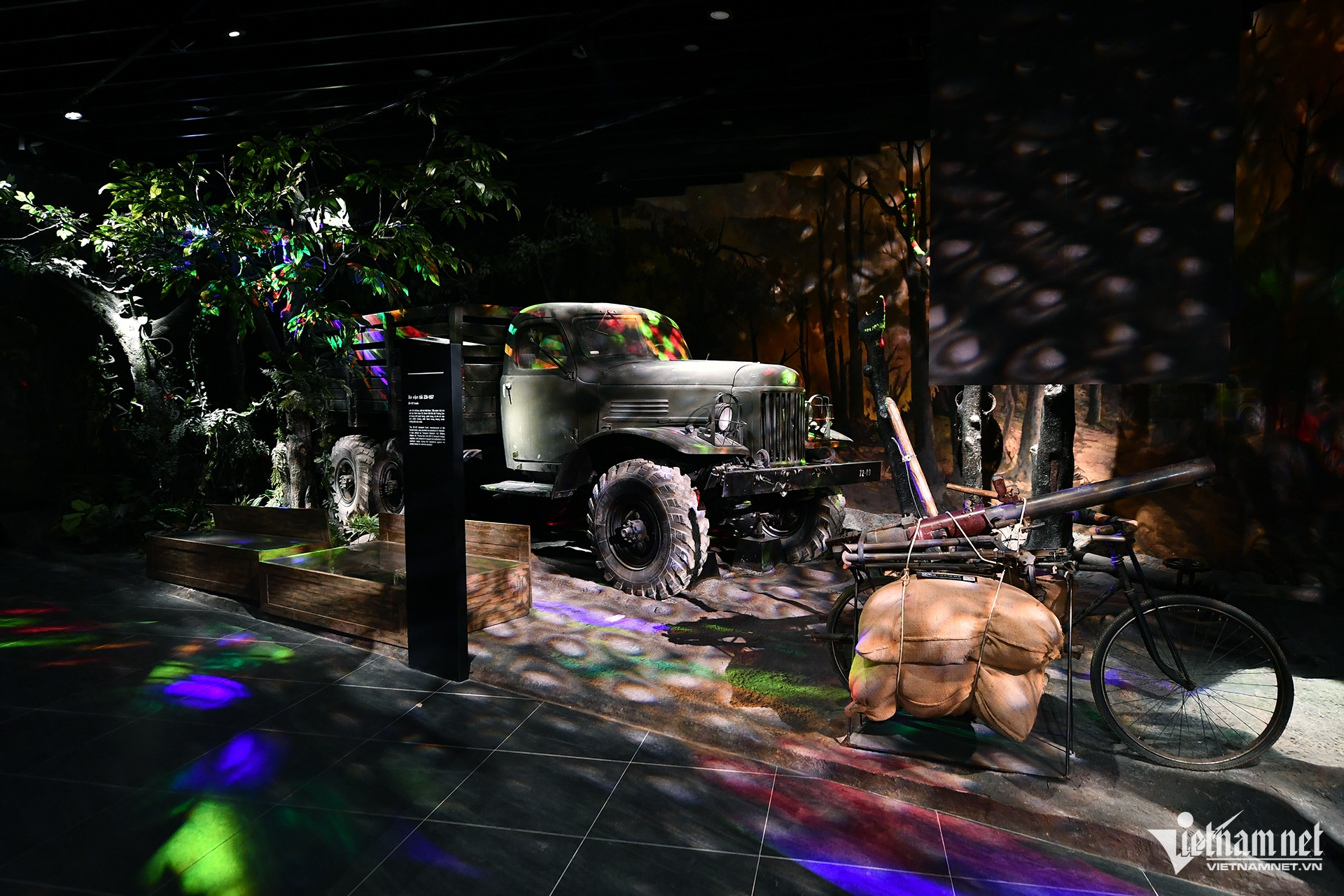
On display is a Zil-157 truck, manufactured by the Soviet Union and provided as aid to Vietnam. It was used by the 102nd Truck Company of the 32nd Station, 559th Group of the Truong Son Army Corps to transport military supplies and equipment to the southern battlefield during the resistance war against America. To accommodate large exhibits such as this truck, the construction team had to position the vehicles, aircraft, and tanks in their designated spots before building the surrounding walls.
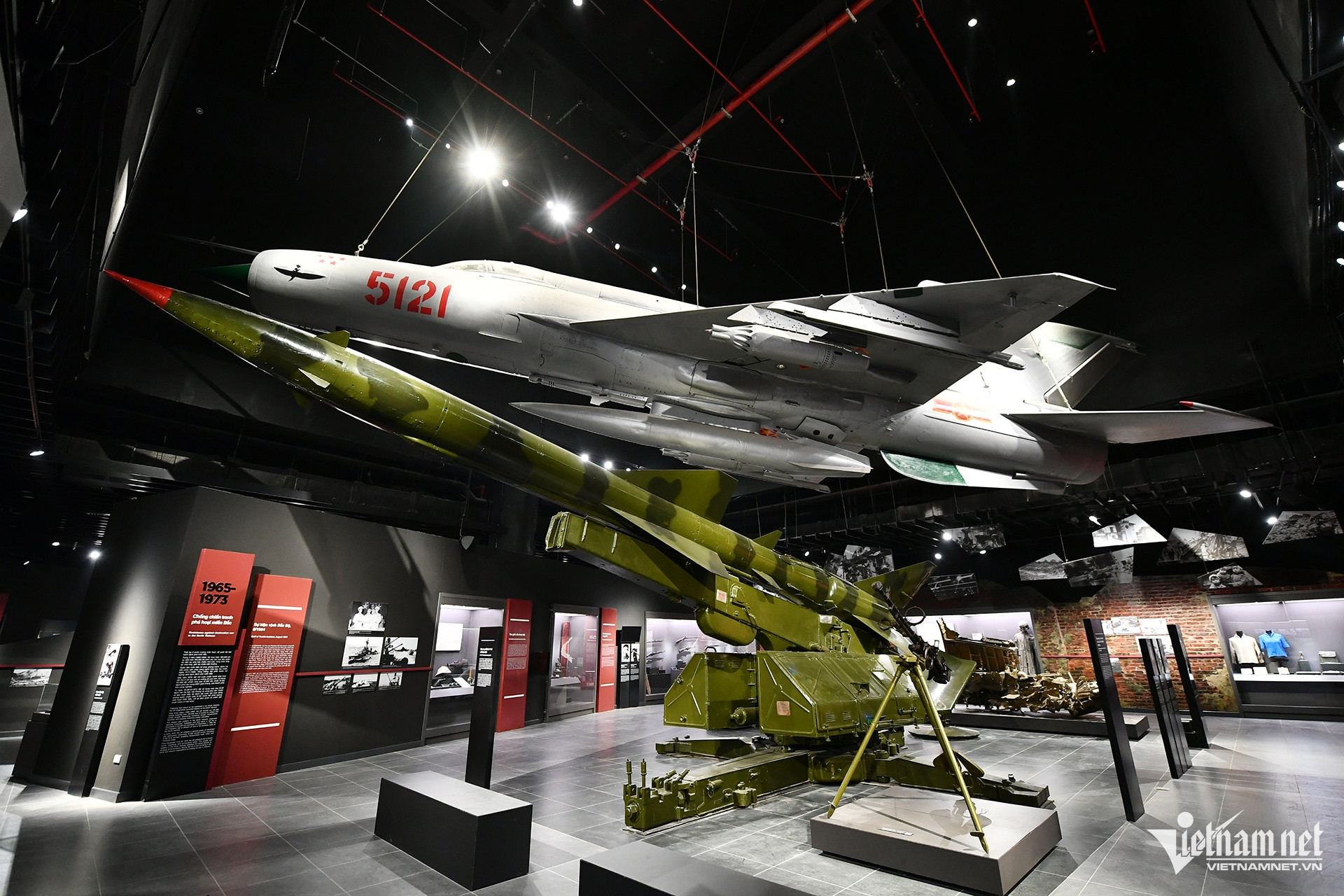
Among the National Treasures on display is the MiG-21 aircraft with the serial number 5121, along with its launch system and SA-75 DVINA (SAM-2) missile shells. This particular MiG-21 was piloted by Lieutenant General and Hero of the People’s Armed Forces, Pham Tuan, who shot down an American B-52 bomber on the night of December 27, 1972.
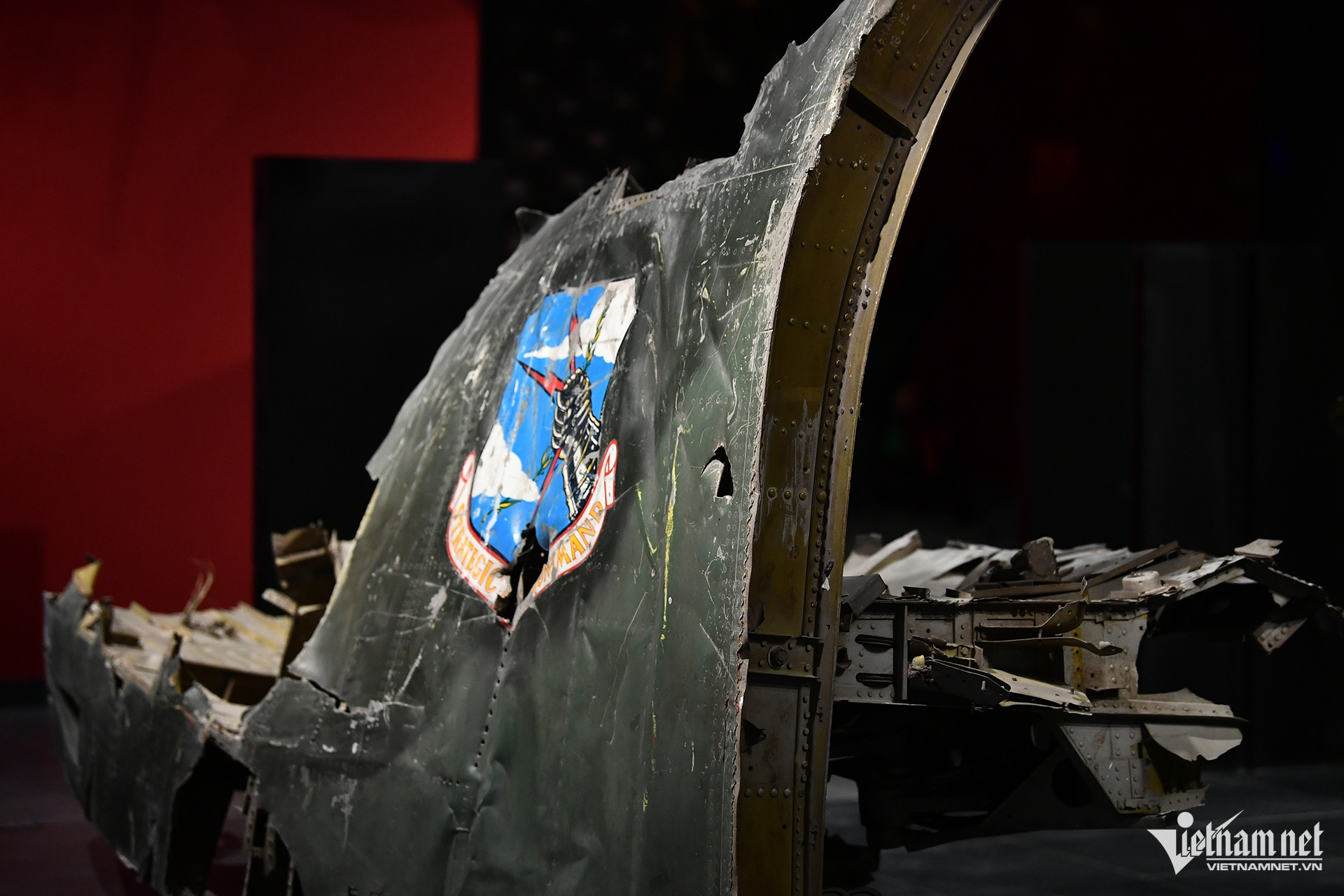
Also on display is the wreckage of the first B-52 bomber shot down by the 59th Battalion of the 261st Air Defense Missile Regiment (Hanoi Air Defense Division) during the opening day of the “Dien Bien Phu in the Air” campaign on December 18, 1972, in Chuom field, Phu Lo commune, Soc Son district, Hanoi.
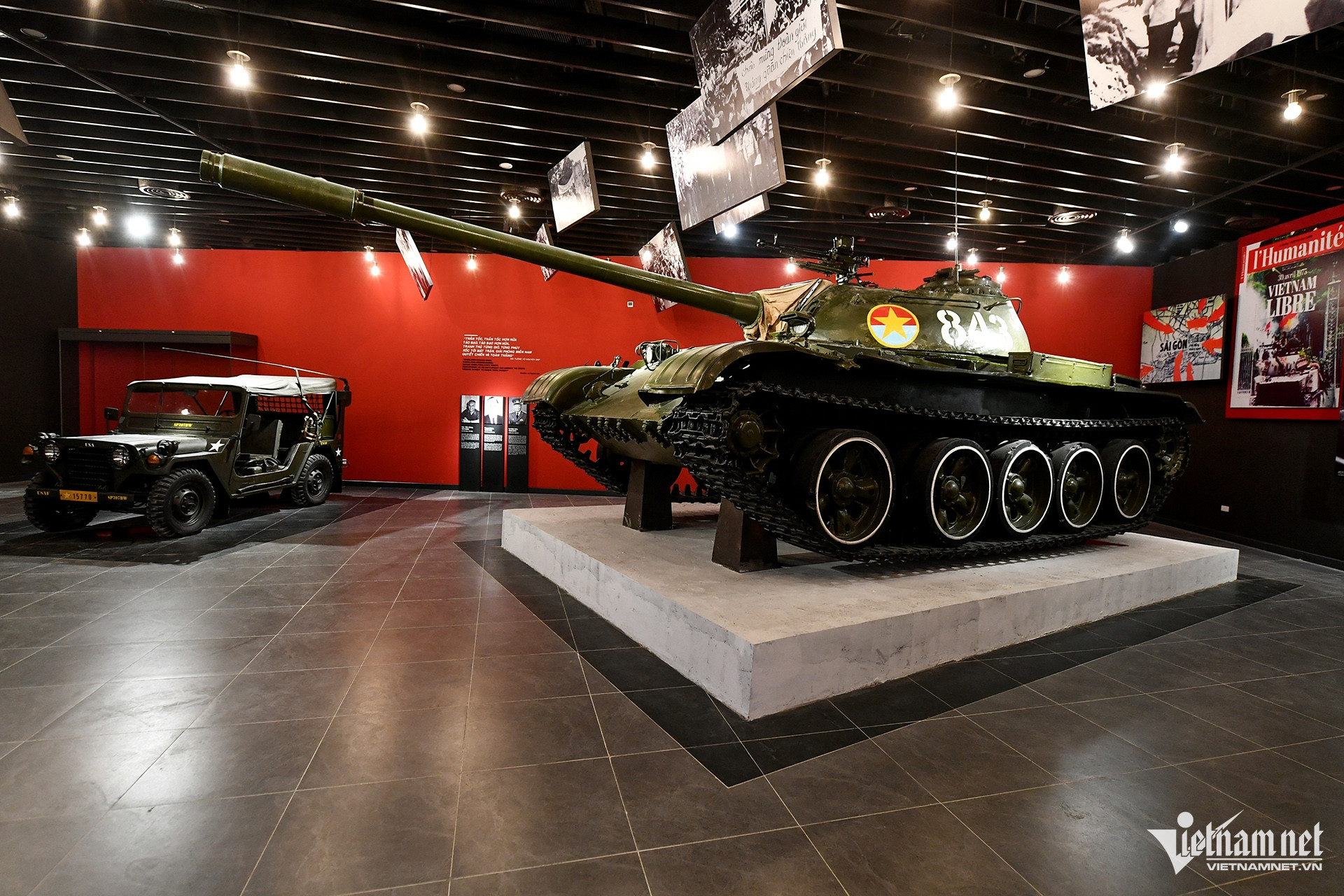
The T-54B tank with the serial number 843, belonging to the 4th Company of the 1st Battalion of the 203rd Armored Brigade of the 2nd Army Corps, is a legendary vehicle with a rich history, including the liberation of Hue and Da Nang and the charge into the side gate of the Independence Palace on April 30, 1975. In 2012, this tank was recognized as a National Treasure by the state.
The museum has completed its first phase of construction and is scheduled to open its doors to visitors on November 1, 2024.
Remembering the Beloved Leader: The Significance of the 21st of July
The commemoration of President Ho Chi Minh’s passing, or “Gieng Ngo,” is a significant day for the nation. It is a time to reflect on the life and legacy of a beloved leader, a man who dedicated his life to the freedom and prosperity of Vietnam. The date, a solemn reminder, falls on [date], and it serves as an opportunity for the people to unite and pay their respects to the iconic figure who shaped the country’s history.
The Evolution of Revolutionary Journalism: Unveiling Vietnam’s Historic Journey on June 21st
The Vietnam Revolutionary Journalism Day on June 21st is a celebration of the country’s journalists and their invaluable contribution to society. This annual occasion provides an opportunity to delve into the rich history and significance of Vietnamese journalism. It is a day to recognize the dedication and impact of those who tirelessly pursue the truth and keep the public informed.

























